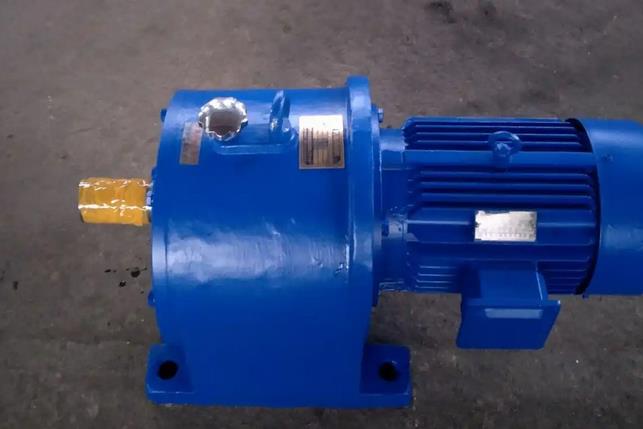Reasons and solutions for the rupture of the gearbox body
The rupture of the gearbox body is a serious fault, and the following are common causes and solutions:Reason for malfunction
Casting defects: The box body may have defects such as pores, sand holes, and shrinkage during the casting process. These weak areas are prone to cracking when subjected to external forces during the operation of the gearbox.

External impact: During installation, transportation, or use, the gearbox may be subjected to significant external impacts such as collisions, drops, etc., which may cause local cracks in the casing and develop into fractures.
Long term overload operation: Prolonged exposure to loads exceeding the rated bearing capacity of the gearbox can cause excessive stress inside the casing, leading to gradual deformation and eventual rupture.
Thermal stress effect: During the operation of the gearbox, the casing may undergo thermal deformation due to friction heating of internal gears, bearings, and other components, as well as poor heat dissipation conditions. If the stress generated by thermal deformation exceeds the strength limit of the box material, it is easy to cause the box to break. Especially in cases of frequent start stop or significant changes in operating conditions, the impact of thermal stress is more pronounced.
Uneven settlement of the foundation: When the reducer is installed on the foundation, if there is uneven settlement of the foundation, the box will be subjected to additional external forces, which will damage the structural stability of the box and cause rupture.
solution
Welding repair: For smaller cracks or ruptures, welding can be used for repair. Firstly, the fractured area needs to be cleaned to remove impurities such as oil stains and rust. Then, suitable welding materials and processes should be selected based on the material of the box for welding. After welding, the welding area needs to be polished and trimmed to make its surface flat, and necessary heat treatment should be carried out to eliminate welding stress.
Patch repair: If the rupture area is large, simple welding repair may not guarantee the strength and sealing of the box. At this point, the method of repairing by patching can be used, which involves welding a suitable steel plate at the fracture site to enhance the structural strength of the box. The material of the patch panel should be the same or similar to that of the box body. The size and shape of the patch panel should be designed according to the actual situation of the fracture site to ensure that the patch panel can fit tightly with the box body and be firmly connected by welding.
Replacing the casing: If the casing is severely damaged and cannot be repaired by welding or patching, or if the repaired casing cannot guarantee its performance and reliability, it is necessary to consider replacing it with a new one. When replacing the casing, choose a casing that matches the original gearbox model and install it strictly according to the installation requirements to ensure the normal operation of the gearbox.
Optimize usage and maintenance: Reasonably arrange the workload of the reducer to avoid overload operation; Improve the heat dissipation conditions of the gearbox to ensure that it operates within the normal operating temperature range; Regularly inspect the basic condition of the gearbox, promptly identify and address issues such as uneven settlement of the foundation; During installation and use, attention should be paid to protecting the gearbox from external impact.

